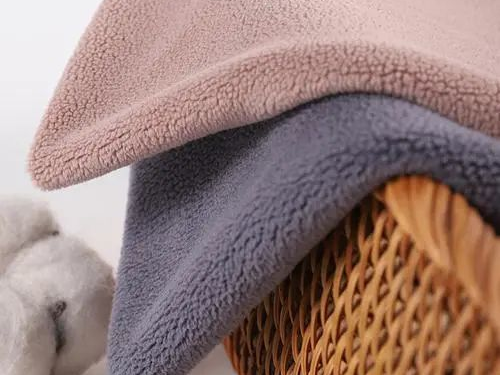
1、 Try to minimize the tension during the refining and bleaching process.
2、 During the dyeing and finishing process, whenever wet cloth is dried, the tension should be relaxed as much as possible to reduce elongation and avoid excessive narrowing of the door width. For example, in the open-range continuous drying machine, a small cloth container should be installed after the opening and then threaded into the cloth frame to avoid excessive tension between the opening and rolling.
3、 During the mercerizing process, it is necessary to master the stretching tension and maintain the width of the fabric, paying attention to controlling the weft tension.
4、 The guide rods, rolling rods, and drying cylinders of the flat washing machine in each process should be strengthened for maintenance to ensure flatness and smoothness. To avoid wrinkling when the tension is relaxed, the guide rollers in the water tank should operate freely. The linear speed difference between the front and rear rolling rollers and drying cylinders of the same machine should not be too large. The longitudinal tension should be controlled according to the principle of not dragging the cloth to the ground. During the segmentation process of the long platform, there should be a tension adjustment opening and lowering device or a segmented transmission adjustment device to control the magnitude of the tension.
5、 The tension of the products after mercerization should be strictly controlled during the subsequent processing, as the elongation and longitudinal shrinkage rate after mercerization can be determined in actual production operations. The width index of the semi-finished products can be measured and evaluated during the cloth removal process of each machine, and the previous process should be inspected to ensure the expected width of the semi-finished products.
6、 For some mechanical movements, manual control of tension is required. Strict process operation, strengthened process operation, strengthened mechanical cleaning, and reduced running tension effectively reduce the shrinkage rate of the fabric.
7、 Strengthen the inspection of mercerization processing conditions, and dyeing factories with conditions can use straight rollers and clips to combine mercerization
8、 Varieties with high longitudinal shrinkage rate, such as khaki and gabardine poplin fabrics, need to undergo pre shrinkage treatment to reduce the shrinkage rate. In tight processing, relying solely on mechanical relaxation of tension, the best shrinkage rate can also reach around 4%. This shrinkage rate should be further reduced by pre shrinkage. After pre shrinkage treatment, the product not only reduces the shrinkage rate, but also obtains a good feel, clear and smooth texture.
9、 For varieties with high weft shrinkage, some may still have high weft shrinkage even under reasonable processing conditions due to the unreasonable width of the fabric. Further improvement measures must be taken for mercerized varieties to ensure that the width of the fabric meets the requirements. In addition, it is necessary to improve the specifications of the fabric by relaxing the width of the fabric without increasing or reducing costs, To ensure that the weft shrinkage rate is reduced to the required range.
10、 Resin finishing can reduce shrinkage and improve elasticity (pay attention to hand feel), and coatings can also reduce shrinkage.
11、 For T/C synthetic fiber blended fabrics, it is necessary to focus on the qualitative mercerization process and operation to better control the shrinkage rate.
About
Brief introduction Application Certificate Laboratory Connectproduct
Post finishing agent Enzymatic water Brightener Printing/Coating Additives MoreNews
Dynamic Lnformation Common
Mobile website

TRL:+86 0769-88124837
Chinese mailbox:dgtshdrl@163.com
English mailbox:postmaster@tianshengchem.com
Guangdong Tiansheng Environmental Protection New Material Technology Co., Ltd. Copyright © 2023 all rights reserved